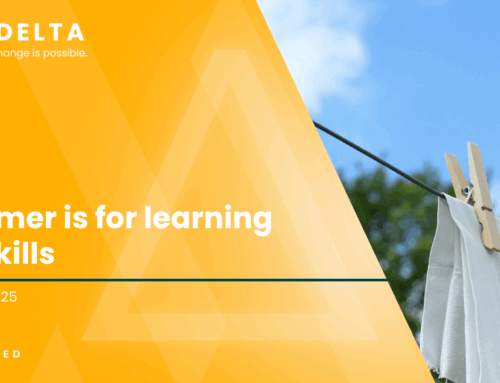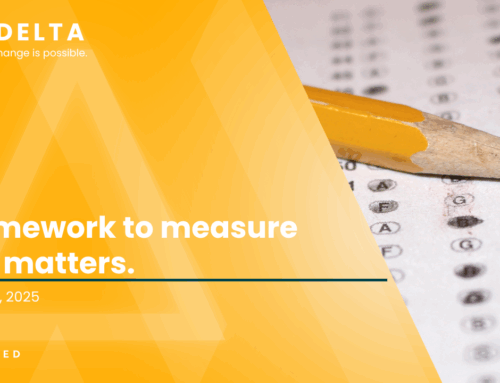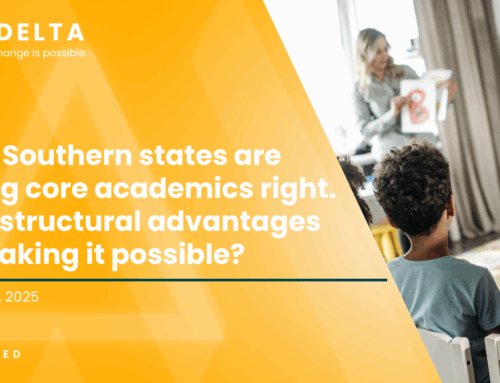The Delta Issue #9
Putting Federal Grant Dollars to Work
By: Jessica Baghian
Hi friends, Jessica Baghian here. Welcome back to The Delta.
Imagine you want to build a huge, 10,000-piece LEGO rocketship with retractable wings and an engine that lights up. The thing is: the pieces you need are scattered among multiple sets. Without a plan, you can still build a helicopter or a race car, but you likely won’t reach the rocketship of your dreams.

If you can’t tell, I’m a mom of three boys who clearly spends too much time stepping over LEGO pieces, but I think there’s a lesson to take from this.
Too often, the way federal grants go out, it’s like the LEGO pieces scattered across different boxes. It’s up to state leaders to figure out how to combine them into something great for students.
Consider the recent announcement of the U.S. Department of Education 2024 Comprehensive Literacy State Development (CLSD) grant recipients. First, congratulations to the 23 state education departments that will receive funding for FY 2024, including the Colorado Department of Education , the Missouri Department of Elementary and Secondary Education , and the Ohio Department of Education and Workforce ! This year’s awards range from $527,000 to over $14 million – a huge win for state and local leaders as they work to improve literacy outcomes for students. But here’s the reality: These grants alone won’t fund a comprehensive plan to boost literacy statewide. CLSD funds are part of state leaders’ larger set of tools they can use to ensure kids are reading. And like other tools – or LEGOs – they’re most effective when used together as part of a bigger plan.
Now the job is to use every piece of these grants to make sure we get to the desired impact: more kids reading and engaging with grade-level content. Here’s how:
- Lead with a vision for kids, not the rules of the grant. Before even applying for a grant like CLSD, states should have a clear vision of what must be true for students. What do you want to see in an excellent 1st-grade vs. 3rd-grade vs. 5th-grade classroom? What does that “excellent” classroom require of teachers and of students? How can the grant support that vision? If you don’t start from an overarching vision for students and a plan for how CLSD (or any grant) fits in, the funds end up driving your goals instead of the other way around.
- Use all the LEGO pieces — TOGETHER. CLSD funds aren’t just part of a grant program, they’re a tool to build something great. Think of these funds like a fresh batch of LEGOs that you can connect with other resources. Grant awards are often treated differently in state budgets, but they’re all LEGO pieces! By using CLSD funds to bolster existing revenue streams, state leaders can make sure these funds have the biggest impact possible.
- Avoid the fiefdom trap. When states win these large grants, too often they create and hire a grant-specific team to lead grant-specific initiatives. Instead, states will achieve more if the CLSD funds are entrusted to the captain of a state’s pre-existing academic strategy. CLSD-funded programming and efforts should supplement and expand the core academic programming and efforts of the state, not create another fiefdom that lives on its own and creates greater incoherence for educators.
Let’s Get Muddy
If you’re in one of the 23 states set to receive CLSD grant funds, we want to hear from you! How can these funds make the biggest difference for literacy instruction in your state?
To learn more about our work, visit watershed-advisors.com or follow us on LinkedIn. Forward this newsletter to anyone you know who is looking for change. We’ll see you next week!





